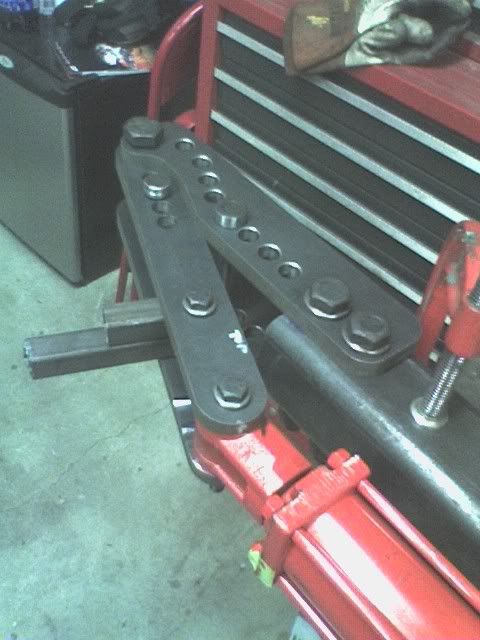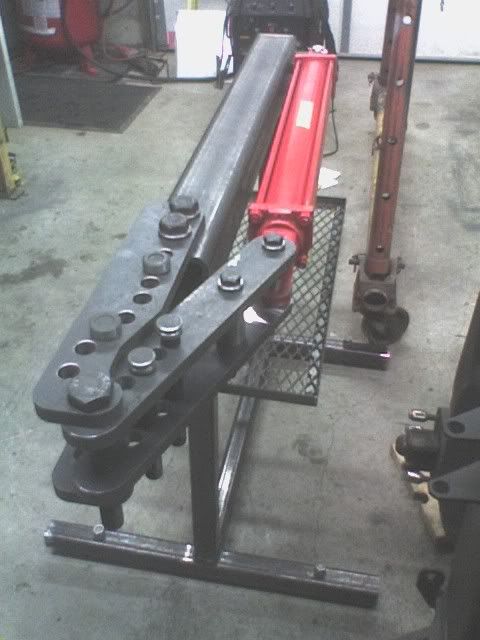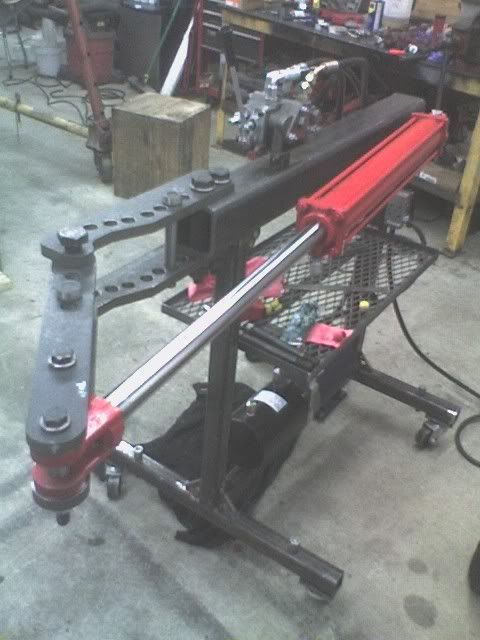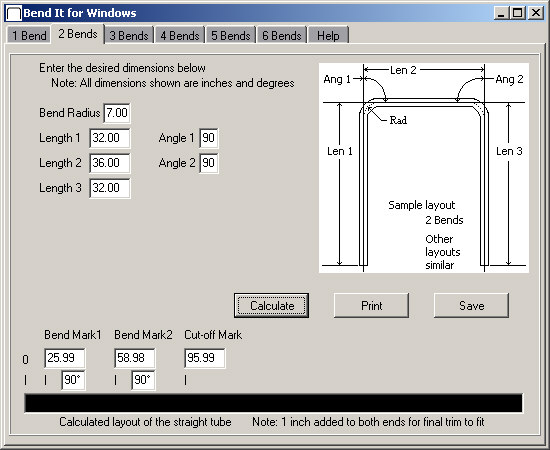Hello again,
It's been some time since I have made it back to the
forums. One such project that I've spent some time
on has been a hydraulic tubing bender. After browsing
these and other fabrication forums online I decided to
begin building one for my own garage. The main bender
arms were cut from .75" MS flat bar using an AWJ and
the main beam was selected from 4"x4"x.375"
rectangular MS. The cylinder is 3"x24"@2000psi.
The uprights of the bender were built from heavy wall
2" rectangular MS. Everything was joined using Precision TIG 225.
Pics attached.
![Image]()
![Image]()
![Image]()
![Image]()
![Image]()
It's been some time since I have made it back to the
forums. One such project that I've spent some time
on has been a hydraulic tubing bender. After browsing
these and other fabrication forums online I decided to
begin building one for my own garage. The main bender
arms were cut from .75" MS flat bar using an AWJ and
the main beam was selected from 4"x4"x.375"
rectangular MS. The cylinder is 3"x24"@2000psi.
The uprights of the bender were built from heavy wall
2" rectangular MS. Everything was joined using Precision TIG 225.
Pics attached.



















